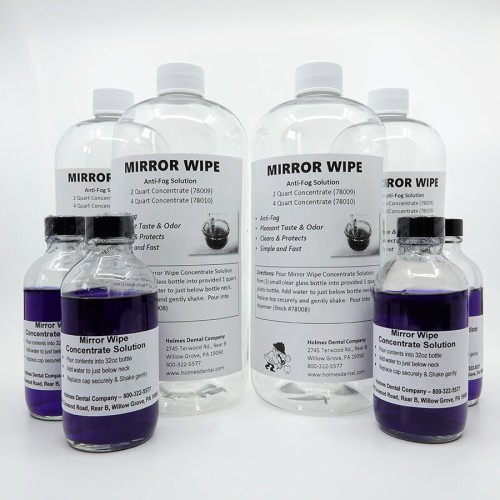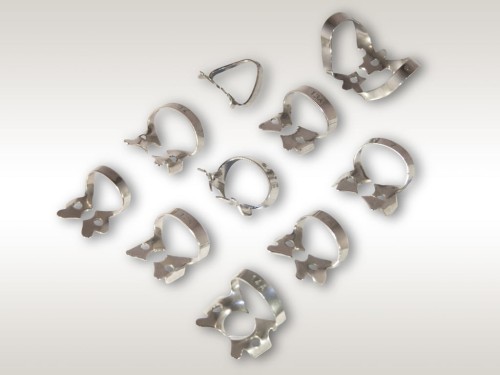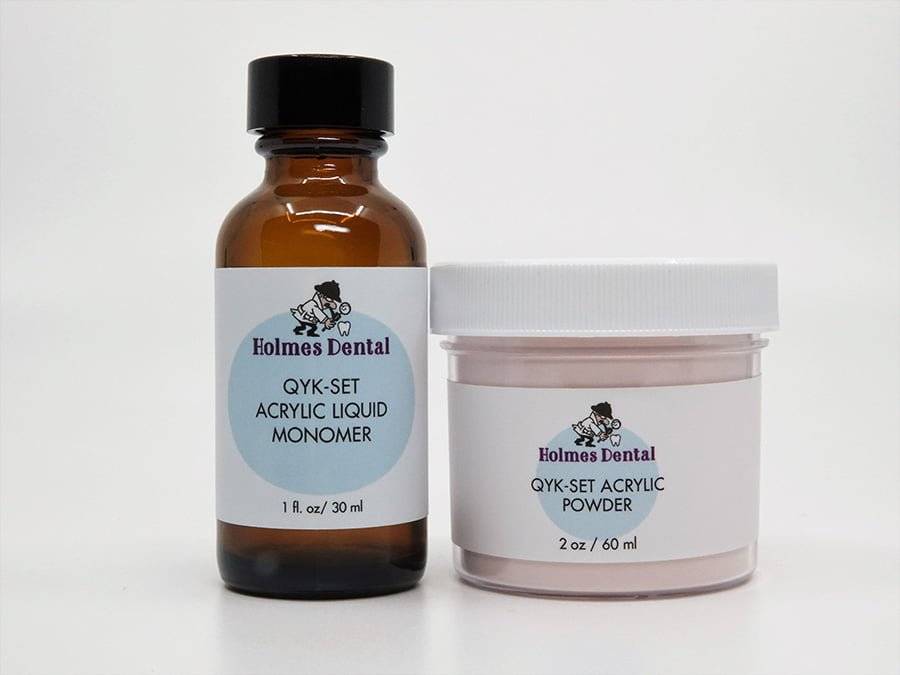
Most Popular
 Importance of Anti-Fog Solutions in Dental Care and Dentistry
Importance of Anti-Fog Solutions in Dental Care and Dentistry
Dentistry is a broad term, where minor tools, equipment range, ...
 Rubber Dam Clamp Placement and Its Uses
Rubber Dam Clamp Placement and Its Uses
Rubber dam clamp placement is a crucial technique in dentistry, ...
How Denture Gum Abrasion Affects Oral Health: Exploring the Impact
Denture gum abrasion, a common issue among denture wearers, can ...



Importance of Surgical Blades in Dentistry

Surgical blades, often referred to as scalpels, are essential tools in the field of dentistry. These precision instruments are used in various dental procedures to make incisions, excise tissue, and perform other surgical tasks. Understanding the different types of surgical blades and their specific applications in dentistry is crucial for achieving optimal outcomes in patient care.
Different Types of Surgical Blades
Surgical blades come in a variety of shapes and sizes, each designed for specific purposes. The most common blades used in dentistry include:
11 Blade: This blade is triangular with a pointed tip, making it ideal for making precise, shallow incisions. It is often used in procedures requiring a puncture or small, controlled cuts, such as abscess drainage.
12 Blade: Featuring a crescent shape with a curved cutting edge, the #12 blade is commonly used for excising soft tissue and for gingivectomy procedures. Its curved design allows for better control and maneuverability around tight spaces.
15 Blade: This small, curved blade is one of the most versatile and widely used in dentistry. It is suitable for making short, precise incisions in a variety of procedures, including periodontal surgery and dental implant placement.
10 Blade: Larger than the #15 blade, the #10 blade has a curved cutting edge and is used for making longer incisions. It is often employed in procedures requiring the removal of larger tissue sections or in flap surgeries.
Uses of Surgical Blades
Surgical blades are used in a multitude of dental procedures, ranging from routine to complex surgeries. They are essential in periodontal surgeries, which involve the treatment of gum disease. Procedures such as removal of gum tissue and flap surgery (lifting and folding back the gums) rely on precise incisions made with blades like the #12 and #15.
In oral surgeries, such as tooth extractions and cyst removals, surgical blades are used to create access incisions. The #11 and #15 blades are often employed for their ability to make clean, controlled cuts.
Dental implant placement requires precise incisions to expose the bone and create a site for the implant. The #15 blade is frequently used to make the initial incision, while larger blades like the #10 may be used for subsequent tissue manipulation.
When a suspicious lesion or growth is found in the oral cavity, a biopsy may be performed to obtain a tissue sample. Surgical blades like the #11 and #15 are used to excise the tissue accurately, ensuring an adequate sample for pathological examination.
In endodontic procedures, such as apicoectomy (removal of the tip of a tooth's root), surgical blades are used to make precise incisions in the gum tissue to access the root.